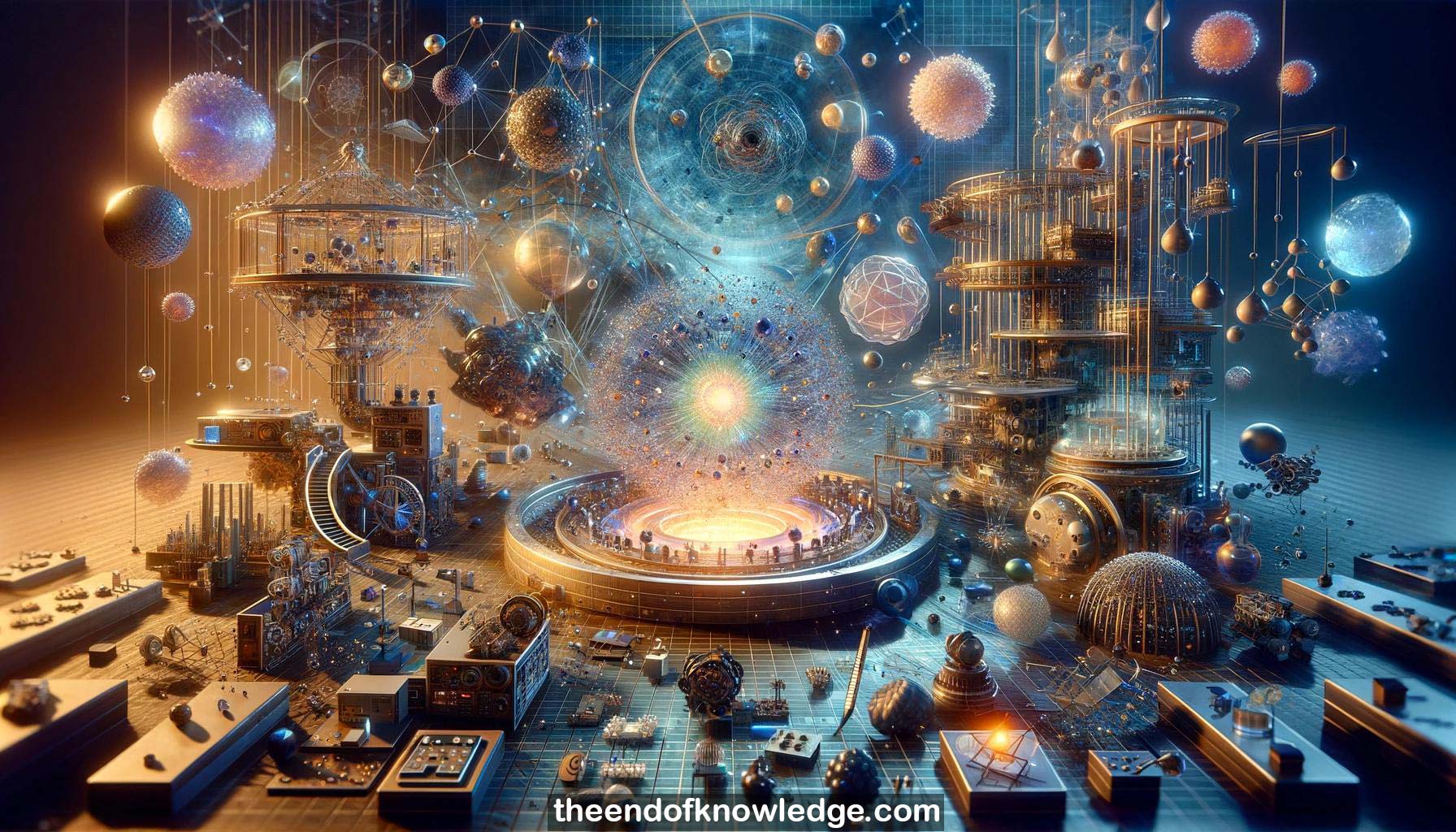 >
>
Concept Graph & Resume using Claude 3 Opus | Chat GPT4 | Gemini Adv | Llama 3:
Resume:
1.-Statistical physics and machine learning share fundamental problems. The talk discusses the geometrical structure of minima in non-convex optimization and learning problems.
2.-Whether constraint satisfaction and optimization problems from natural distributions are hard to solve was studied at the interface of computer science and physics.
3.-Boolean satisfiability problems undergo a phase transition from solvable to unsolvable as constraints increase relative to variables. Algorithms have exponential running time near the boundary.
4.-As constraints increase, the solution space breaks symmetry, going from a giant connected cluster to exponentially many small clusters and local minima.
5.-In the hard but solvable region, Markov chains get trapped, but new algorithms from statistical physics can solve the problems.
6.-In neural networks, the weight space is divided into exponentially many domains of different sizes. Some dominate the probability distribution (Gibbs measure).
7.-Learning in neural networks was thought to be hard due to isolated solutions, but algorithms were able to learn, contradicting analytical results.
8.-Subdominant solution clusters in neural networks are so rare that special analytical tools are needed to reveal them.
9.-The local entropy, a large deviation method, was introduced to amplify the weight of rare dense solution regions.
10.-Analytical calculations show very dense "flat minima" solution clusters exist in simple networks up to near critical capacity before disappearing.
11.-Solutions in the dense clusters generalize very well, almost as well as optimal Bayesian integration over all solutions.
12.-Results generalize to multiple layer networks. Dense solution regions are a structural property, not dependent on data.
13.-Successful learning algorithms avoid simply minimizing loss because the stationary distribution should focus on rare but dense solution regions, not typical solutions.
14.-A local entropy-guided simulated annealing algorithm was designed that can learn when standard simulated annealing fails by finding dense solution regions.
15.-The local entropy can be approximated by coupling replicas of the system to concentrate the measure on dense regions without explicitly computing entropy.
16.-Replicated Markov chains, stochastic gradient descent, and message-passing belief propagation algorithms can be derived that automatically focus on dense solution regions.
17.-The existence of dense solution regions was confirmed numerically for two-layer networks and analytically by a complicated replica computation.
18.-The replica method provides an interpretation of why elastic averaging SGD with momentum works - it samples from the robust ensemble distribution.
19.-The idea of wide flat minima is not new. Numerical experiments confirm the coexistence of wide and sharp minima in loss functions of deep networks.
20.-Out-of-equilibrium statistical physics of rare states and large deviation methods are key frameworks for understanding learning in non-convex problems.
21.-There are opportunities for accelerating learning by exploiting the geometry of dense states and using very low precision weights.
22.-The tools may enable unsupervised learning by utilizing dense regions for Bayesian inference.
23.-Ongoing work includes analysis of stochastic neural networks. Non-polarized weight distributions automatically end up in dense states.
24.-Gibbs measures concentrate on typical narrow minima in non-convex problems. Flat minima are described by the subdominant tail of the distribution.
25.-Calculating the volume of solution space requires considering particular data distributions, but wide flat minima seem to be a robust property for non-trivial datasets.
Knowledge Vault built byDavid Vivancos 2024